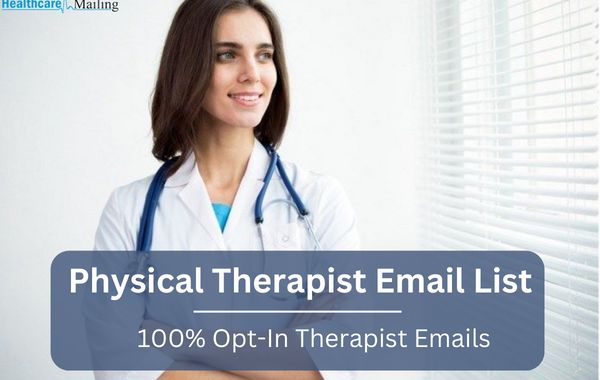Understanding Glass Laser Marking
Glass laser marking is a process that employs a concentrated beam of light to create permanent marks or engravings on glass surfaces. Unlike traditional methods like sandblasting or etching, laser marking offers unparalleled precision and control. The laser beam interacts with the glass, causing localized heating and vaporization, resulting in a clean and intricate design.
Applications in Mixed Media Art
Mixed media art embraces the combination of various materials, such as paint, metal, wood, and found objects. Glass laser marking seamlessly integrates into this approach, allowing artists to:
Incorporate intricate patterns and textures: The laser can etch delicate patterns, geometric shapes, or even detailed images onto glass, adding a layer of visual complexity to the artwork.
Create depth and dimension: By layering laser-marked glass with other materials, artists can achieve a sense of depth and create captivating three-dimensional effects.
Enhance storytelling: Laser-marked glass can be used to depict narratives, evoke emotions, or convey messages, enriching the artwork's overall meaning.
Applications in Installations
Art installations often transform entire spaces, immersing viewers in a unique sensory experience. Glass laser marking plays a crucial role in enhancing these installations by:
Creating interactive elements: Laser-marked glass can be combined with lighting or projections to create interactive displays that respond to viewers' movements or touch.
Adding site-specific details: Artists can use laser marking to incorporate elements that reflect the installation's location or theme, creating a deeper connection with the environment.
Generating ethereal effects: The transparency of glass, combined with the precision of laser marking, can produce mesmerizing light patterns and shadows, adding an ethereal quality to the installation.
Advantages of Glass Laser Marking
Precision and Control: Laser marking offers unparalleled accuracy, allowing artists to create intricate designs with fine details.
Versatility: The technique can be applied to various types of glass, including flat sheets, curved surfaces, and even glass objects.
Durability: Laser-marked designs are permanent and resistant to wear and tear, ensuring the artwork's longevity.
Efficiency: Compared to traditional methods, laser marking is a faster and more efficient process, enabling artists to produce complex designs in less time.
The Future of Glass Laser Marking in Art
As technology advances, glass laser marking is expected to play an even greater role in the art world. With the development of more sophisticated lasers and software, artists will have access to even finer levels of detail and control. This will undoubtedly lead to the creation of 더욱 innovative and captivating mixed media artworks and installations.
Conclusion
The use of glass laser marking in mixed media art and installations has opened up new avenues for artistic expression. By combining the precision of laser technology with the versatility of glass, artists can create captivating works that engage viewers on multiple levels. As this technique continues to evolve, we can anticipate even more groundbreaking creations that push the boundaries of art and design.








